When discussing health, you’ll often hear the old adage – prevention is better than cure. That’s especially true when we’re talking about cancer.
Despite the massive developments in medical science, experts have yet to find a straightforward cure for cancer. Even the information on cancer prevention is still evolving. So when it comes to reducing the risks of getting cancer, there’s tons of advice out there.
Healthcare professionals often advise maintaining a healthy lifestyle to lower cancer risks. That includes a healthy diet, staying active, and eliminating harmful habits like smoking cigarettes.
But plenty of clinical studies also explored various vitamins, minerals, and other nutritional components for their potential anticancer properties.
And one first-of-its-kind trial recently found that combining vitamin D supplements, omega-3 fatty acids, and moderate exercise could effectively lower the risks of invasive cancer in older people.
Pioneer Prevention Study Finds Significant Cancer Prevention Potential in 3 Components
The DO-HEALTH research group conducted a three-year trial to determine the potential cancer prevention benefits of vitamin D, omega-3 fatty acids, and simple home exercise when administered individually or combined.
It was the first randomized control trial of its kind with 2,157 participants aged 70 and above from five European countries, including Switzerland, Germany, Austria, France, and Portugal.
The participants were divided into groups that took vitamin D3, omega-3 fatty acids, and underwent a “simple home strength exercise program” individually.
Other groups in the trial were administered a combination of omega 3 and vitamin D, vitamin D and exercise, and omega 3 and exercise.
The daily doses for the trial were 2,000 IU of vitamin D and 1 gram of omega 3. The exercise included a simple, at-home strength workout three days a week.
It’s worth noting that the daily dose of vitamin D used in the trial is more than double the recommended dietary allowance of 800 IU for males and females ages 70 and up.
Researchers found minimal improvements in cancer prevention in groups that took the treatments individually. But the findings were significantly more promising in groups that exercised, along with daily consumption of vitamin D3 and omega-3 fatty acids.
When combined, the researchers saw that the three components lowered invasive cancer risks by as much as 61%.
In terms of their effectiveness in preventing some specific types of cancer, researchers noted that the three components, whether administered individually or combined, did not make a difference in gastrointestinal and breast cancer risks among female participants.
The results, however, suggested that just the daily intake of omega-3 fatty acids may help reduce the risks of prostate cancer.
Vitamin D and Its Healthy Benefits
Vitamin D is commonly known as the sunlight vitamin. But you can also get it from other sources like food and widely available supplements.
It’s a fat-soluble vitamin that we can get as a nutrient from external sources. But our body can produce vitamin D, particularly vitamin D3 (cholecalciferol), where sun exposure comes into play.
When we’re exposed to UVB rays from the sun, the cholesterol in our skin reacts to it, activating the creation of vitamin D in our body. It plays an important role in regulating calcium and phosphorus, which are crucial to maintaining healthy bone formation.
But emerging research shows vitamin D has positive effects against various types of cancer. Studies observed a relationship between healthy levels and lowering death rates caused by breast, colon, ovarian, and prostate cancers.
How Can You Get Vitamin D
Because too much sun exposure presents other health risks, such as developing skin cancer, enhancing vitamin D levels through food sources is commonly recommended.
Fish like salmon, swordfish, tuna, and sardines are known as some of the best food sources of vitamin D3. Packed fruit juices and milk fortified with vitamin D can also benefit us.
Although, unlike other vitamins, fewer food sources naturally provide vitamin D as a nutrient. The good news is that you can easily find vitamin D supplements to help you achieve your targeted goals.
What Are Omega-3 Fatty Acids and Their Benefits
You’ll find omega-3 prominently listed on food labels, and that’s because they provide many benefits that help maintain cardiovascular and endocrine health.
Omega-3 fatty acids are found in the cell membrane and are important in maintaining healthy cellular functions. They’re also known for helping lower triglycerides, which could help lower coronary heart disease risks.
But they also have anti-inflammatory properties that have led to decades-worth of studies exploring their potential cancer prevention benefits for decades. A review of such studies noted that omega-3 supplementation had been used as an adjunct treatment for cancer patients.
Omega 3 Fatty Acid Sources
Omega-3 fatty acids are essential fats, which means the body does not naturally produce them. So it’s important to consume foods rich in omega-3 to enjoy its health benefits.
Luckily, plenty of foods are rich in omega-3 fatty acids — specifically fish and seafood. But you can also get them from nuts and seeds, such as walnuts, chia seeds, and flaxseed.
What Are Strength Exercises?
Overall, keeping an active lifestyle delivers a myriad of health benefits. But strength training exercises are some of the best fitness activities, and you can easily do them at home. And some of the easy at-home strength exercises don’t require equipment.
As you can guess by its name, strength exercises are activities that focus on the muscles. They’re also commonly referred to as strength training because they help the muscles improve their endurance, strength, and size.
You may be more familiar with strength training as exercises that involve lifting weights. But that’s not the only strength exercise you can do. Simply climbing stairs, cycling, squats, and push-ups also count as strength training.
Even older people can perform simple strength training exercises with just a chair or using the wall for standing push-ups.
Exercise, in general, has been associated with preventing many health conditions. Research has also established a relationship between cancer and exercise.
One study suggests that simply increasing physical activity may help lower the risks of certain types of cancer. It doesn’t have to be extreme, moderate exercise will more than suffice.
Other Common Cancer Prevention Tips
The result of the DO-HEALTH trial provided first-of-its-kind findings on the cancer prevention potentials of vitamin D, omega-3 fatty acids, and exercise. And it could lead to substantial improvements in establishing preventative measures against cancer.
Its researchers, however, pointed out that future studies are needed to confirm the efficacy of combining these three components to fight cancer risks.
But other than these supplements, there are long-running suggestions backed by health experts that could increase our chances of preventing cancer. And most of them involve simple lifestyle changes, such as maintaining a healthy diet, limiting alcohol intake, and quitting tobacco use.
And, yes, regular exercise is also a constant piece of advice when it comes to cancer prevention. Early detection of cancer is also important. Thus, regular screening tests are also highly recommended.


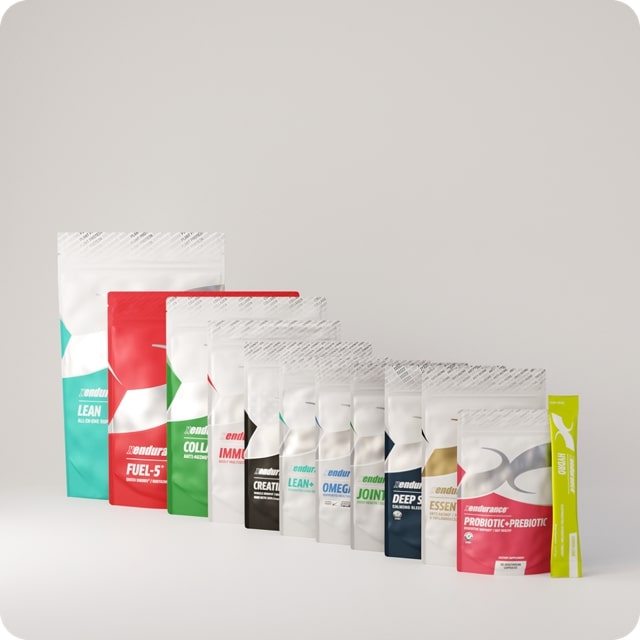
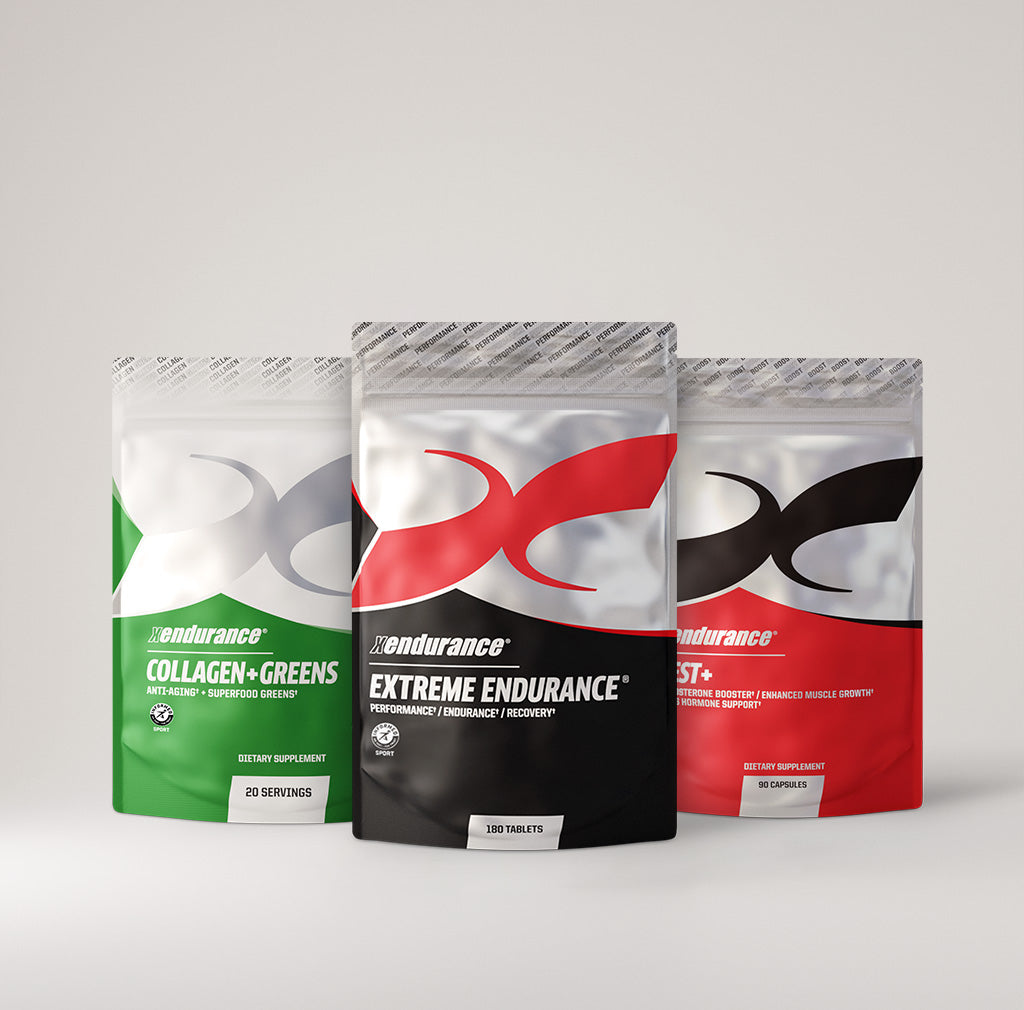
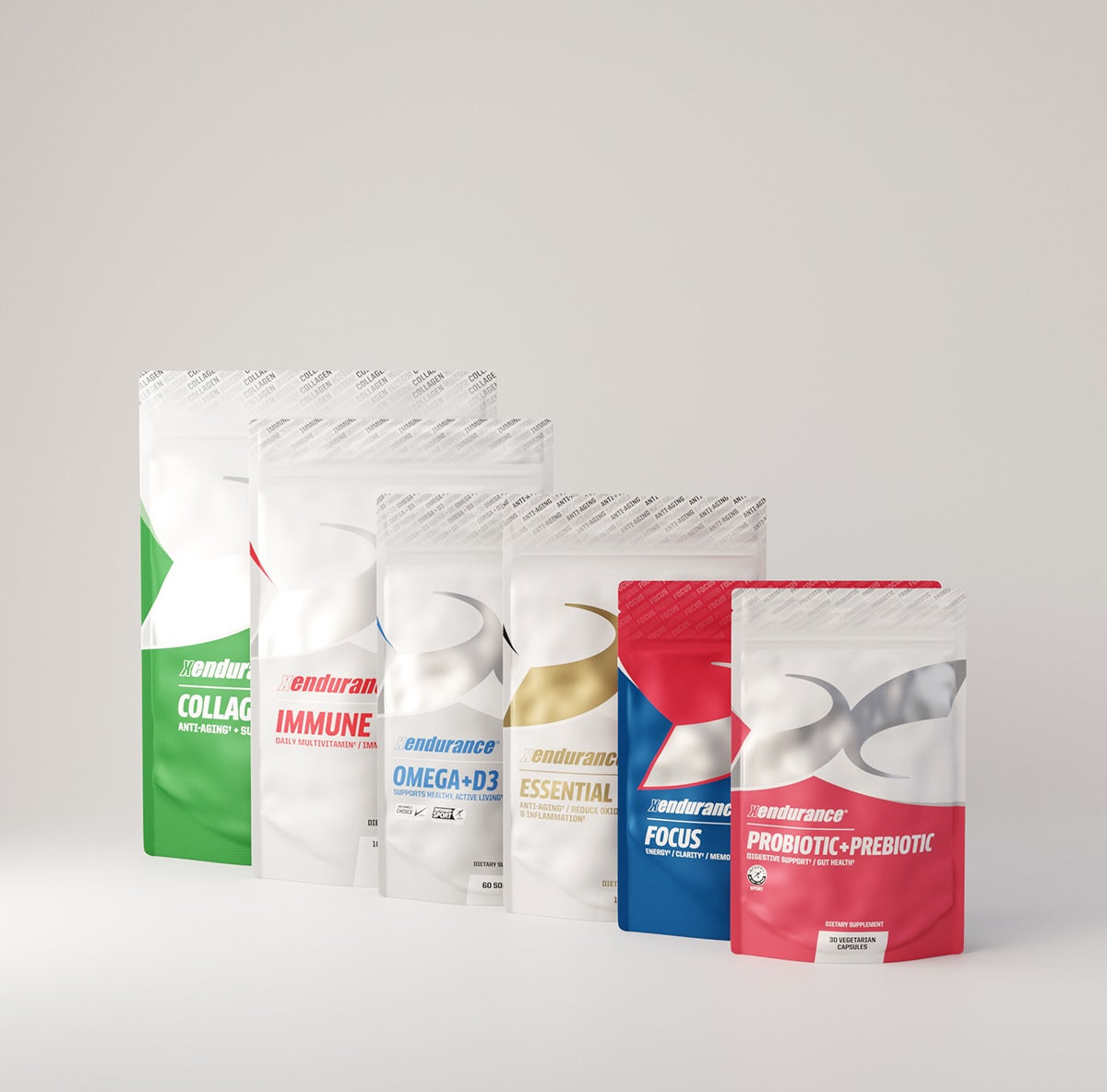
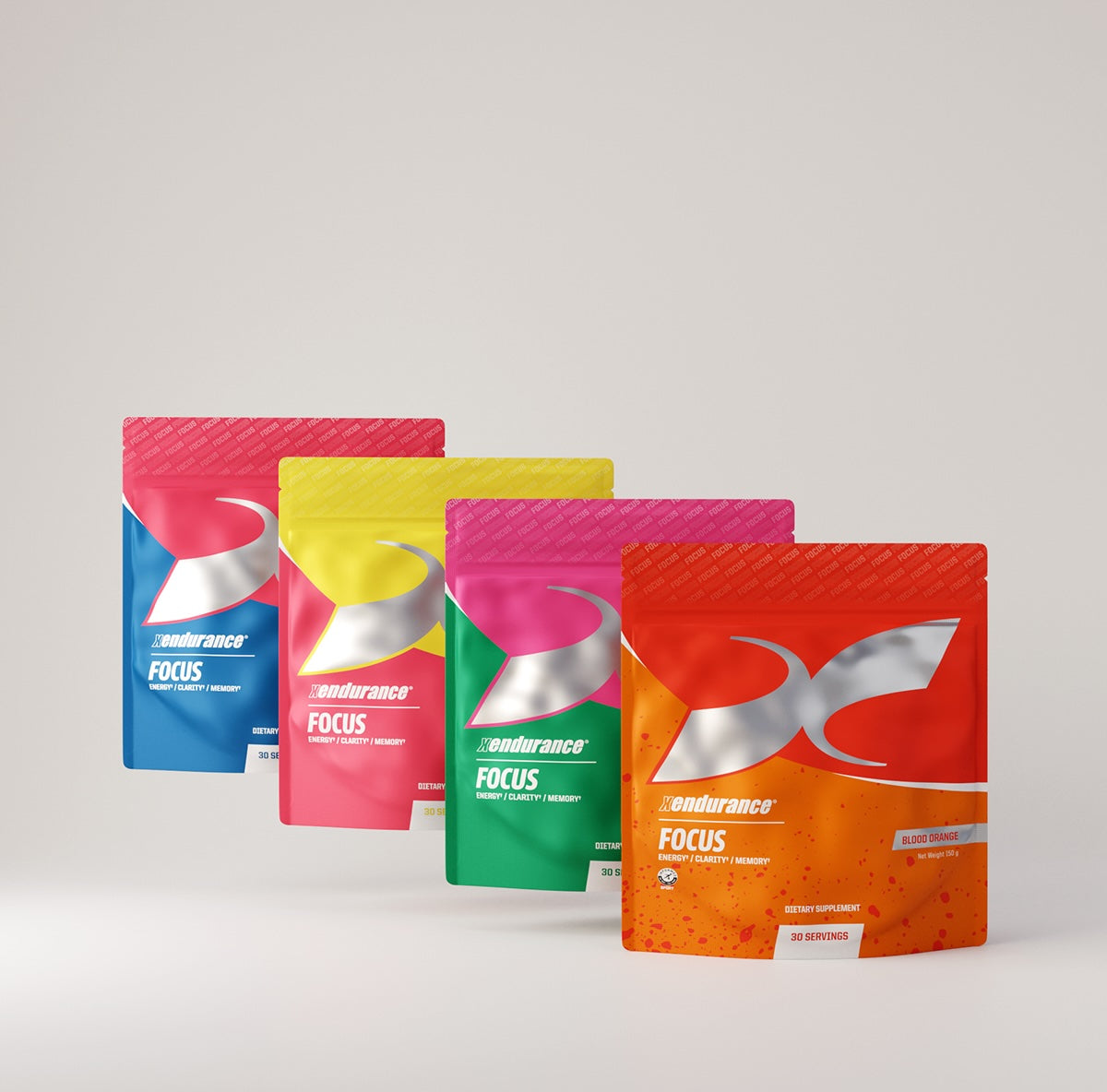
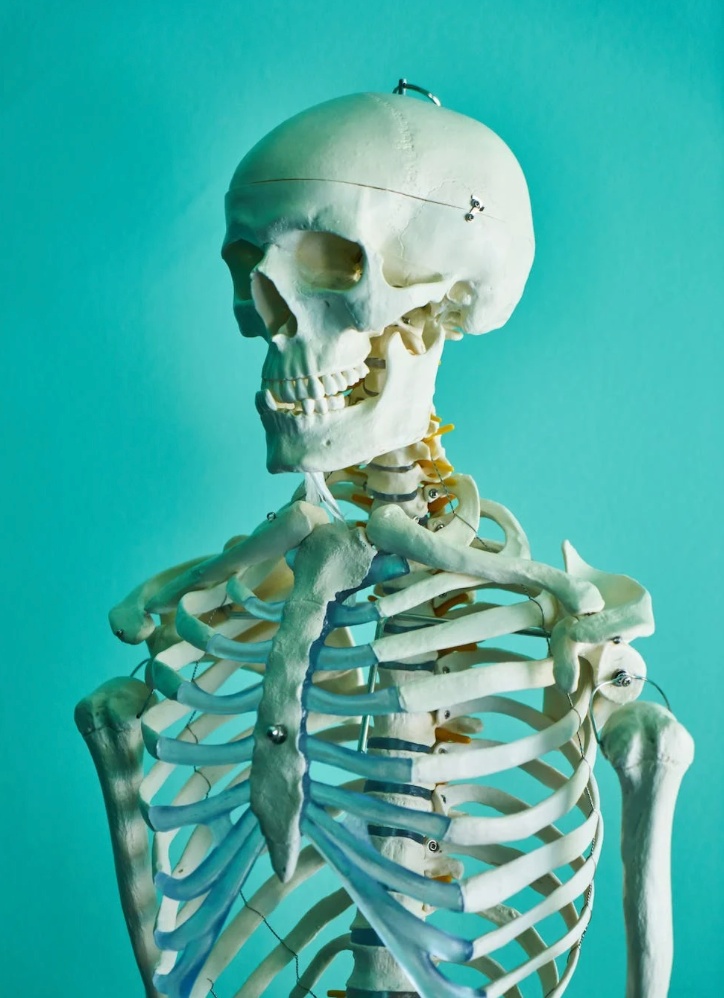


コメントを書く
このサイトはhCaptchaによって保護されており、hCaptchaプライバシーポリシーおよび利用規約が適用されます。